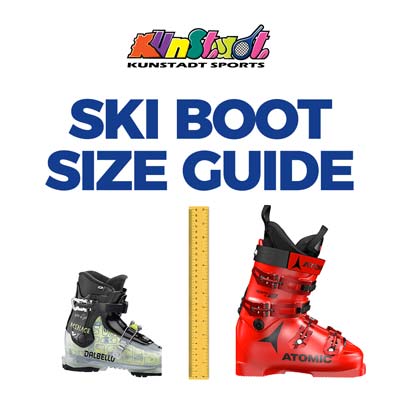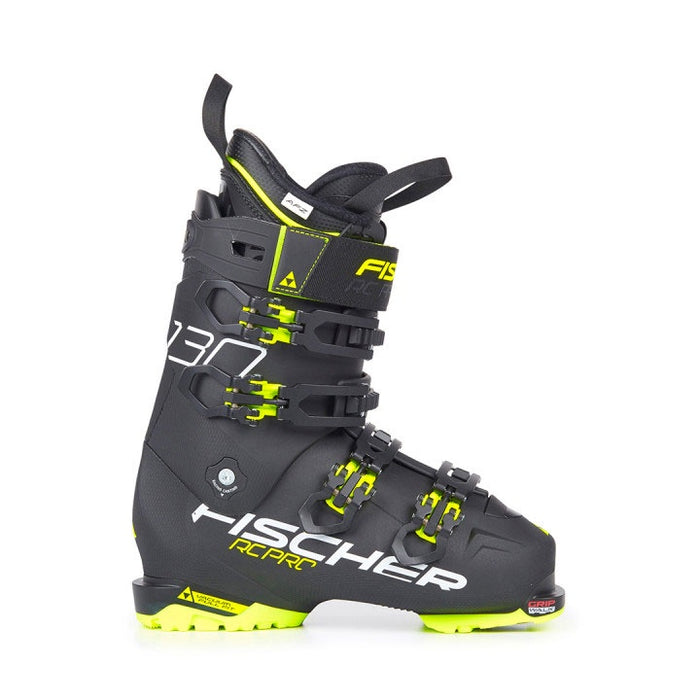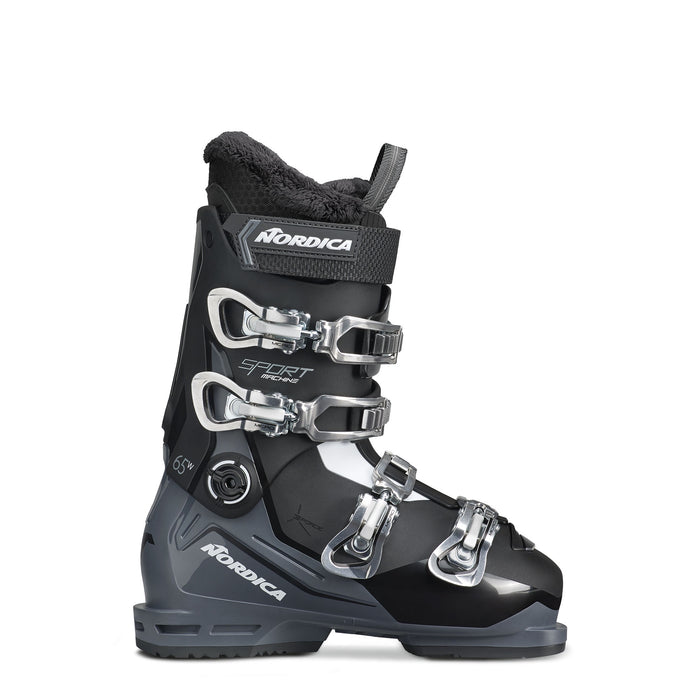Ski Boot Sizing Chart
| Men's Shoe Size | Mondopoint | Europe | U.K. | Women's |
|---|---|---|---|---|
| 8 (Child) | 14 | 25 | 7 | ----- |
| 9 (Child) | 15 | 26 | 8 | ----- |
| 10 (Child) | 16 | 27 | 9 | ----- |
| 11 (Child) | 16.5 | 28 | 10 | ----- |
| 12 (Child) | 17.5 | 29 | 11 | ----- |
| 13 (Child) | 18.5 | 30.5 | 12 | ----- |
| 13.5 (Child) | 19 | 31 | 13 | ----- |
| 1 | 19.5 | 32 | 13.5 | ----- |
| 2 | 20 | 33 | 1 | ----- |
| 3 | 20.5 | 34 | 2 | ----- |
| 4 | 21 | 35 | 3 | 5 |
| 4.5 | 21.5 | 36 | 3.5 | 5.5 |
| 5 | 22 | 36.5 | 4 | 6 |
| 5.5 | 22.5 | 37 | 4.5 | 6.5 |
| 6 | 23 | 38 | 5 | 7 |
| 6.5 | 23.5 | 38.5 | 5.5 | 7.5 |
| 7 | 24 | 39 | 6 | 8 |
| 7.5 | 24.5 | 40 | 6.5 | 8.5 |
| 8 | 25 | 40.5 | 7 | 9 |
| 8.5 | 25.5 | 41 | 7.5 | 9.5 |
| 9 | 26 | 42 | 8 | 10 |
| 9.5 | 26.5 | 42.5 | 8.5 | 10.5 |
| 10 | 27 | 43 | 9 | 11 |
| 10.5 | 27.5 | 44 | 9.5 | 11.5 |
| 11 | 28 | 44.5 | 10 | 12 |
| 11.5 | 28.5 | 45 | 10.5 | ----- |
| 12 | 29 | 45.5 | 11 | ----- |
| 12.5 | 29.5 | 46 | 11.5 | ----- |
| 13 | 30 | 47 | 12 | ----- |
| 13.5 | 30.5 | 47.5 | 12.5 | ----- |
| 14 | 31 | 48 | 13 | ----- |
| 14.5 | 31.5 | 48.5 | 13.5 | ----- |
| 15 | 32 | 49 | 14 | ----- |
| 15.5 | 32.5 | 50 | 14.5 | ----- |
| 16 | 33 | 51 | 15 | ----- |



